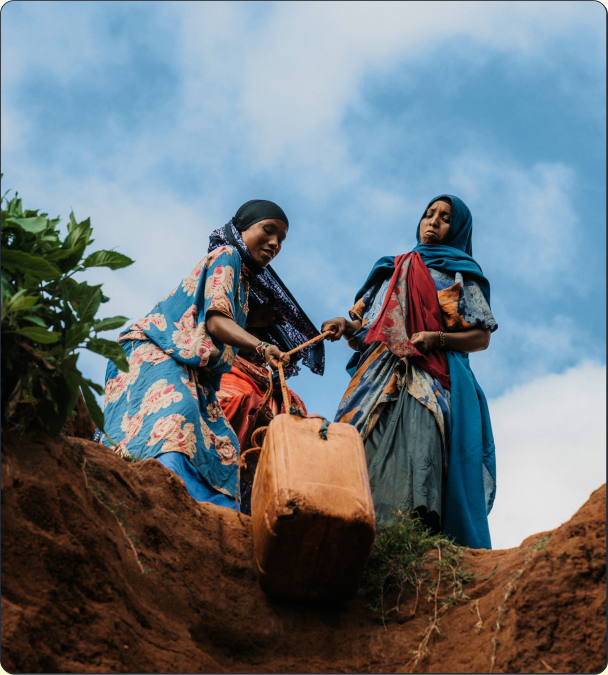WATER FOR UNREACHED PEOPLES
We bring clean & living
water by working through
local partners
Around the world, the greatest need for clean water exists in rural areas that are largely unreached and often hostile to the gospel. This is where and why we work—serving the unreached by providing access to clean and living water.

GLOBAL REACH
Where you can make
a difference
We’ve identified 9 regions in 6 countries that have massive, urgent need for clean water and are unreached with the gospel.
We work closely with our local partners to select locations:
Where the need for clean drinking water is the most urgent
Where local churches can partner to reach the community with clean and living water
Where the community will participate and contribute toward the success of water projects — community ownership is critical to keep water flowing in the years to come
Choosing the Right Solution
Our partners provide access to clean water through a wide range of technologies, to provide at least a basic level of drinking water service. Selecting the most appropriate technology is based on physical factors (like terrain and groundwater quality) and cultural factors related to the community’s acceptance of the water technology.
Our partners empower local pastors and believers to be the face of the water projects in each community. Building the confidence and capacity of local Christians takes time, as they are often marginalized and even persecuted. However, involvement in WASH programs allows them to love, serve, and reach people with clean and living water.
Completing Construction
Materials and equipment are transported to the community and then our partners, contractors, and community members mobilize for construction and installation. More complex projects can take longer to complete as the wet season can delay progress. Even with careful planning, unexpected delays can occur because of political instability, availability of raw materials, or issues related to the water source. After construction, water points are tested to ensure the water is safe for drinking.
Promoting Sanitation & Hygiene
Our partners promote the value of using toilets and safe hand-washing behaviors in rural communities, as all three practices — clean water, good sanitation, and hygiene — are essential for improving health.
Our partners collect documentation and photos throughout the water project and our team reviews the data and communicates with the partners until we can confirm each water point meets our standards.
Proving Our Work
Once all project information has been verified, we share the final report to celebrate what you made possible.
To keep water flowing, our partners train local Water User Committees in operation and maintenance. The community must have a plan to access its own repair fund and a nearby network of mechanics who can service the water point when repairs are above the capacity of the committee. Our team collects data on water point functionality, other standard WASH indicators, and relevant ministry indicators to ensure the sustainability of both clean and living water.
WHAT WE DO
Our Solutions
Based on geographical location, terrain, access to spare parts, and local preferences, we work with skilled local partners to choose the most appropriate water technology that will best serve a community.
Start serving the unreached.
Every $50 donation serves one unreached person with clean and living water.
Get Our Emails
Get our monthly newsletter with stories of impact, ways to pray for the unreached, tips for giving, and more ways to impact the world around you.


